Home>Home Appliances>Laundry Appliances>How To Clean The Rubber Seal On A Washing Machine
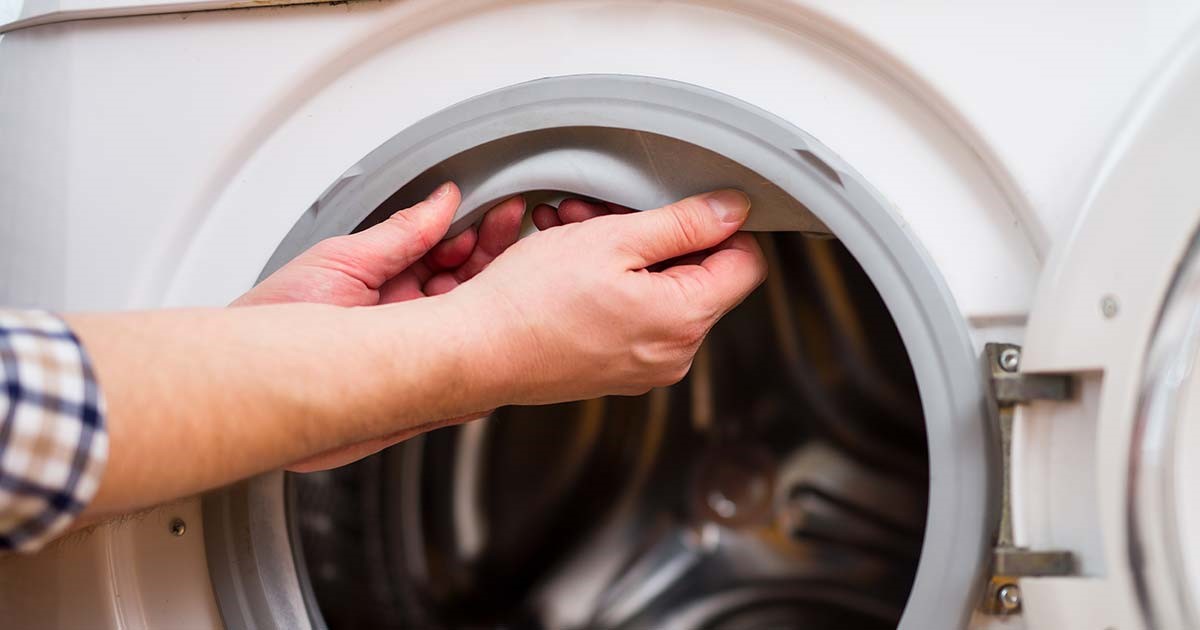

Laundry Appliances
How To Clean The Rubber Seal On A Washing Machine
Published: February 21, 2024
Learn how to effectively clean the rubber seal on your washing machine to prevent mold and mildew buildup. Keep your laundry appliances in top condition with these simple tips.
(Many of the links in this article redirect to a specific reviewed product. Your purchase of these products through affiliate links helps to generate commission for Storables.com, at no extra cost. Learn more)
Introduction
Cleaning the rubber seal on a washing machine is a crucial yet often overlooked task in laundry appliance maintenance. The rubber seal, also known as the door gasket, is located on the inner perimeter of the washing machine door. Its primary function is to create a watertight seal when the door is closed, preventing water from leaking out during the wash cycle. This component plays a vital role in the efficient operation of the washing machine, ensuring that water remains contained within the drum.
Over time, the rubber seal can accumulate dirt, grime, and soap residue, creating an ideal environment for mold and mildew to thrive. This not only compromises the cleanliness of your laundry but also poses potential health risks due to the presence of mold spores. Moreover, a neglected rubber seal can lead to unpleasant odors emanating from the washing machine, impacting the freshness of your clothes.
Regularly cleaning the rubber seal is essential for maintaining the hygiene and functionality of your washing machine. By incorporating this simple yet effective maintenance task into your routine, you can prolong the lifespan of your appliance and ensure that it continues to deliver optimal cleaning performance.
In the following sections, we will delve into the step-by-step process of cleaning the rubber seal on a washing machine, along with valuable tips for preventing mold and maintaining a pristine seal. With the right materials and techniques, you can easily restore the rubber seal to its original cleanliness and keep your washing machine in top condition. Let's embark on this journey to discover the best practices for preserving the hygiene and efficiency of your laundry appliance.
Key Takeaways:
- Regularly cleaning the rubber seal on your washing machine is crucial for preventing mold, odors, and health risks. Use a specialized cleaner, vinegar, and gentle scrubbing to keep it clean and fresh.
- Maintain a clean rubber seal by establishing a regular cleaning schedule, ensuring thorough drying, and using high-efficiency detergent. These simple steps will preserve the hygiene and efficiency of your washing machine.
Importance of Cleaning the Rubber Seal
The rubber seal on a washing machine is a pivotal component that often goes unnoticed in the realm of appliance maintenance. However, its significance cannot be overstated. The rubber seal, also known as the door gasket, serves as a barrier between the interior of the washing machine and the external environment. Its primary function is to create a watertight seal when the door is closed, preventing water from leaking out during the wash cycle. This crucial role ensures that the washing machine operates efficiently and effectively, containing water within the drum and facilitating the cleaning process.
Over time, the rubber seal can become a breeding ground for dirt, grime, and soap residue, providing an ideal environment for mold and mildew to flourish. The accumulation of these contaminants not only compromises the cleanliness of the seal but also poses potential health risks due to the presence of mold spores. Furthermore, neglected rubber seals can lead to the development of unpleasant odors emanating from the washing machine, which can transfer onto your freshly laundered clothes, impacting their freshness.
Regularly cleaning the rubber seal is essential for maintaining the hygiene and functionality of your washing machine. By incorporating this simple yet effective maintenance task into your routine, you can prolong the lifespan of your appliance and ensure that it continues to deliver optimal cleaning performance. Neglecting the cleaning of the rubber seal can result in a compromised washing experience, as the presence of mold and grime can affect the overall cleanliness of your laundry and the efficiency of the machine.
By understanding the importance of cleaning the rubber seal, you can take proactive steps to preserve the hygiene and efficiency of your washing machine. In the subsequent sections, we will explore the materials needed and provide a comprehensive step-by-step guide to effectively clean the rubber seal, along with valuable tips for preventing mold and maintaining a pristine seal. With the right approach, you can restore the rubber seal to its original cleanliness and ensure that your washing machine remains in top condition, ready to tackle your laundry needs effectively.
Materials Needed
To effectively clean the rubber seal on a washing machine, you will require a few essential materials to ensure thorough cleaning and maintenance. These items are readily available and will enable you to tackle the task with ease and efficiency. Here are the materials needed to clean the rubber seal:
-
Rubber Seal Cleaner: A specialized rubber seal cleaner is the cornerstone of the cleaning process. Look for a cleaner specifically formulated to remove mold, mildew, and soap residue from rubber surfaces. These cleaners are designed to penetrate the porous rubber material and effectively eliminate contaminants, restoring the seal to its original cleanliness.
-
Microfiber Cloth: A high-quality microfiber cloth is ideal for wiping and scrubbing the rubber seal. The fine fibers of a microfiber cloth are gentle yet effective, allowing you to remove dirt and grime without causing damage to the rubber surface. Additionally, the absorbent nature of microfiber ensures thorough cleaning and drying of the seal.
-
Toothbrush or Soft Bristle Brush: A toothbrush or soft bristle brush is invaluable for reaching into the crevices and grooves of the rubber seal. These small brushes enable you to agitate and dislodge stubborn mold and mildew, ensuring comprehensive cleaning. Opt for a brush with soft bristles to avoid scratching or damaging the rubber surface.
-
White Vinegar: White vinegar is a natural and eco-friendly cleaning agent that is highly effective in combating mold and mildew. Its acidic properties make it an excellent choice for disinfecting and deodorizing the rubber seal. Dilute the vinegar with water to create a gentle yet potent cleaning solution.
-
Protective Gloves: When working with cleaning agents and potentially moldy surfaces, it is advisable to wear protective gloves to safeguard your skin. Rubber or latex gloves provide a barrier against harsh chemicals and contaminants, ensuring a safe cleaning experience.
-
Warm Water: Warm water is essential for rinsing the rubber seal and removing residual cleaner and debris. The warmth of the water aids in loosening and washing away loosened contaminants, leaving the seal refreshed and clean.
By gathering these materials, you will be well-equipped to embark on the process of cleaning the rubber seal on your washing machine. These items are essential for ensuring thorough cleaning, disinfection, and maintenance of the rubber seal, ultimately contributing to the overall hygiene and efficiency of your laundry appliance.
To clean the rubber seal on a washing machine, mix equal parts of water and white vinegar in a spray bottle. Spray the solution onto the seal and wipe it with a clean cloth. This will help remove any mold or mildew buildup.
Step-by-Step Guide to Cleaning the Rubber Seal
-
Prepare the Cleaning Solution: Begin by preparing a cleaning solution using a specialized rubber seal cleaner. Follow the manufacturer's instructions for dilution ratios if necessary. Alternatively, you can create a natural cleaning solution by diluting white vinegar with water in a 1:1 ratio. This gentle yet potent solution is effective in combating mold and mildew while deodorizing the rubber seal.
-
Put on Protective Gloves: Prior to commencing the cleaning process, it is advisable to wear protective gloves to shield your skin from cleaning agents and potential contaminants. Rubber or latex gloves provide a barrier against harsh chemicals, ensuring a safe and hygienic cleaning experience.
-
Apply the Cleaning Solution: Using a microfiber cloth, apply the prepared cleaning solution to the rubber seal. Ensure thorough coverage of the entire surface, focusing on areas with visible mold, mildew, or soap residue. Allow the cleaning solution to penetrate the rubber seal for a few minutes to effectively loosen and dissolve contaminants.
-
Scrub the Rubber Seal: With a toothbrush or soft bristle brush, gently scrub the rubber seal to agitate and dislodge stubborn mold and grime. Pay close attention to the grooves and crevices of the seal, ensuring comprehensive cleaning. Take care to avoid excessive pressure to prevent damage to the rubber surface.
-
Rinse with Warm Water: After scrubbing, rinse the rubber seal thoroughly with warm water to remove the cleaning solution and dislodged contaminants. Use a clean microfiber cloth to wipe away the residual cleaner and debris, ensuring that the seal is left clean and refreshed.
-
Inspect and Repeat if Necessary: Inspect the rubber seal to ensure that all mold, mildew, and grime have been effectively removed. If any stubborn residues persist, repeat the cleaning process using the cleaning solution and gentle scrubbing until the seal is completely clean and free from contaminants.
-
Dry the Rubber Seal: Once the cleaning process is complete, use a dry microfiber cloth to thoroughly dry the rubber seal. Ensure that all moisture is removed to prevent the accumulation of water, which can contribute to the growth of mold and mildew.
By following this step-by-step guide, you can effectively clean the rubber seal on your washing machine, ensuring that it remains free from mold, mildew, and grime. This proactive maintenance approach contributes to the overall hygiene and efficiency of your laundry appliance, allowing you to enjoy clean and fresh laundry without concerns about mold-related odors or compromised cleaning performance.
Tips for Maintaining a Clean Rubber Seal
Maintaining a clean rubber seal on your washing machine is essential for preserving its hygiene and efficiency. By incorporating these practical tips into your laundry appliance care routine, you can prevent the accumulation of mold, mildew, and grime, ensuring that your washing machine continues to operate at its best. Here are valuable tips for maintaining a clean rubber seal:
-
Regular Cleaning Schedule: Establish a regular cleaning schedule for the rubber seal to prevent the buildup of mold and mildew. Aim to clean the seal at least once a month, or more frequently if you reside in a humid environment or notice visible contaminants.
-
Thorough Drying: After each use, ensure that the rubber seal is thoroughly dried to prevent the retention of moisture, which can contribute to the growth of mold. Use a dry microfiber cloth to wipe the seal and leave the washing machine door ajar to promote air circulation and drying.
-
Inspect for Contaminants: Periodically inspect the rubber seal for any signs of mold, mildew, or soap residue. Promptly address any visible contaminants by following the cleaning process outlined earlier to prevent the proliferation of mold and maintain a clean seal.
-
Use High-Efficiency Detergent: Opt for high-efficiency (HE) detergent when laundering your clothes. HE detergents are formulated to produce fewer suds, reducing the likelihood of soap residue accumulating on the rubber seal and minimizing the potential for mold growth.
-
Remove Laundry Promptly: Promptly remove laundered clothes from the washing machine after the cycle is complete. Allowing damp laundry to sit in the machine can create a humid environment conducive to mold development on the rubber seal.
-
Ventilation and Air Circulation: Ensure that the area around the washing machine is well-ventilated to prevent the accumulation of moisture. Adequate ventilation and air circulation help in maintaining a dry environment, reducing the risk of mold and mildew formation.
-
Natural Deodorizing Agents: Periodically deodorize the rubber seal using natural agents such as baking soda or activated charcoal. These natural deodorizers help absorb moisture and odors, contributing to a fresh and clean seal.
By integrating these tips into your laundry appliance maintenance routine, you can effectively maintain a clean rubber seal on your washing machine, promoting its longevity and ensuring that it continues to deliver optimal cleaning performance. With proactive care and attention, you can enjoy a hygienic and efficient laundry experience while preserving the cleanliness of your rubber seal.
Conclusion
In conclusion, the rubber seal on a washing machine plays a pivotal role in maintaining the efficiency and hygiene of the appliance. By understanding the importance of regular cleaning and maintenance, you can ensure that your washing machine continues to operate at its best, delivering clean and fresh laundry without the risk of mold-related odors or compromised cleaning performance.
The step-by-step guide provided offers a comprehensive approach to effectively clean the rubber seal, utilizing essential materials and practical techniques. By following this guide, you can remove mold, mildew, and grime from the rubber seal, restoring it to its original cleanliness and preventing potential health risks associated with mold contamination.
Furthermore, the tips for maintaining a clean rubber seal serve as proactive measures to prevent the accumulation of contaminants and promote the longevity of your washing machine. By incorporating these tips into your laundry appliance care routine, you can create a hygienic and efficient environment, ensuring that your washing machine remains in top condition.
Ultimately, the cleanliness of the rubber seal directly impacts the overall cleanliness and freshness of your laundry. By prioritizing the maintenance of the rubber seal, you can enjoy the peace of mind that comes with a well-maintained washing machine, free from mold-related concerns and odors.
Incorporating the recommended cleaning schedule, thorough drying practices, and the use of high-efficiency detergents contributes to the preservation of a clean rubber seal, enhancing the overall performance and longevity of your washing machine.
By embracing these best practices for cleaning and maintaining the rubber seal on your washing machine, you can elevate the standard of laundry appliance care, ensuring that your washing machine continues to meet your cleanliness and hygiene expectations.
In essence, the cleanliness of the rubber seal is a fundamental aspect of laundry appliance maintenance, and by prioritizing its care, you can enjoy a consistently clean and efficient washing experience, free from the concerns of mold and mildew contamination.
Frequently Asked Questions about How To Clean The Rubber Seal On A Washing Machine
Was this page helpful?
At Storables.com, we guarantee accurate and reliable information. Our content, validated by Expert Board Contributors, is crafted following stringent Editorial Policies. We're committed to providing you with well-researched, expert-backed insights for all your informational needs.
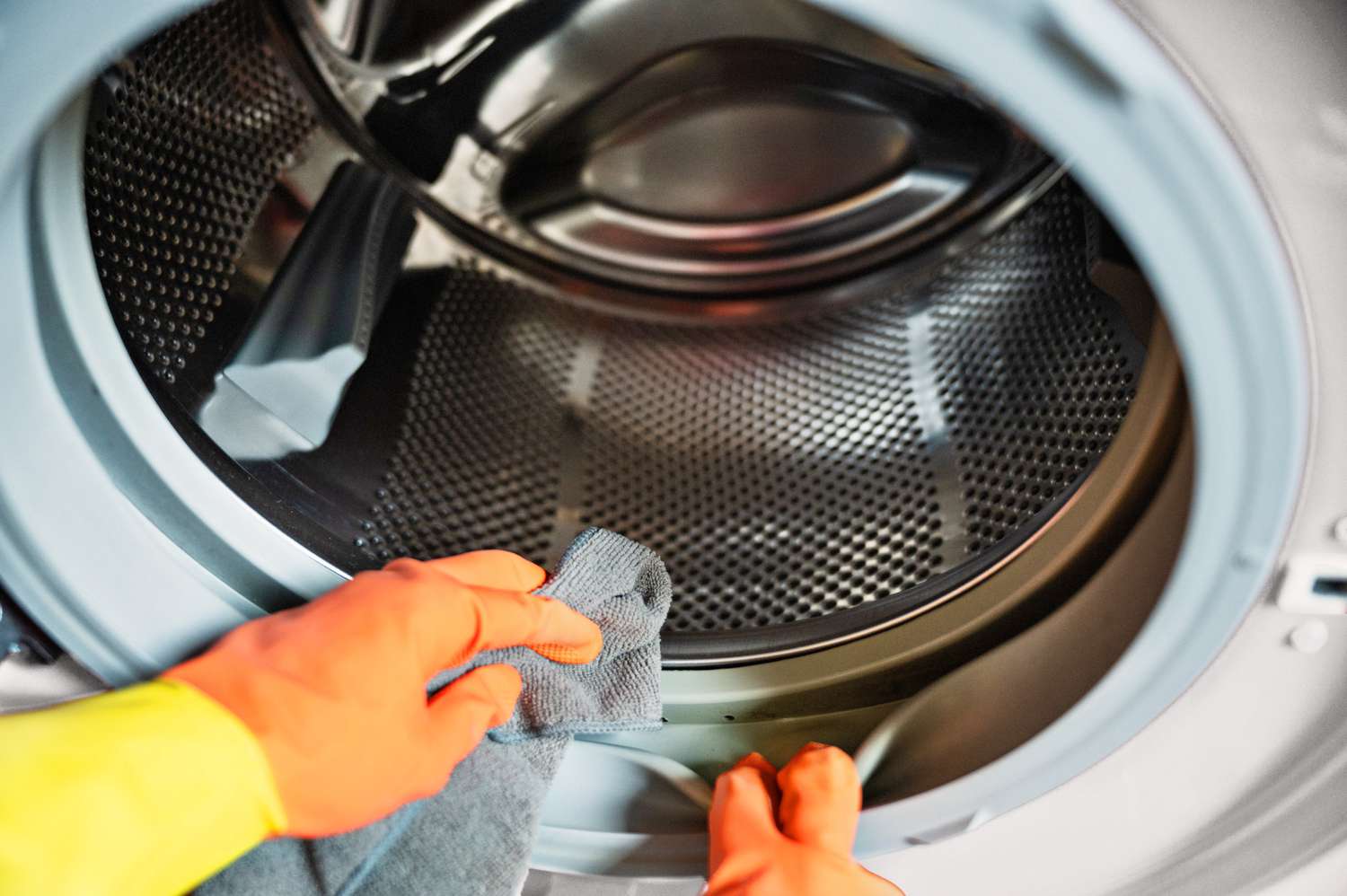
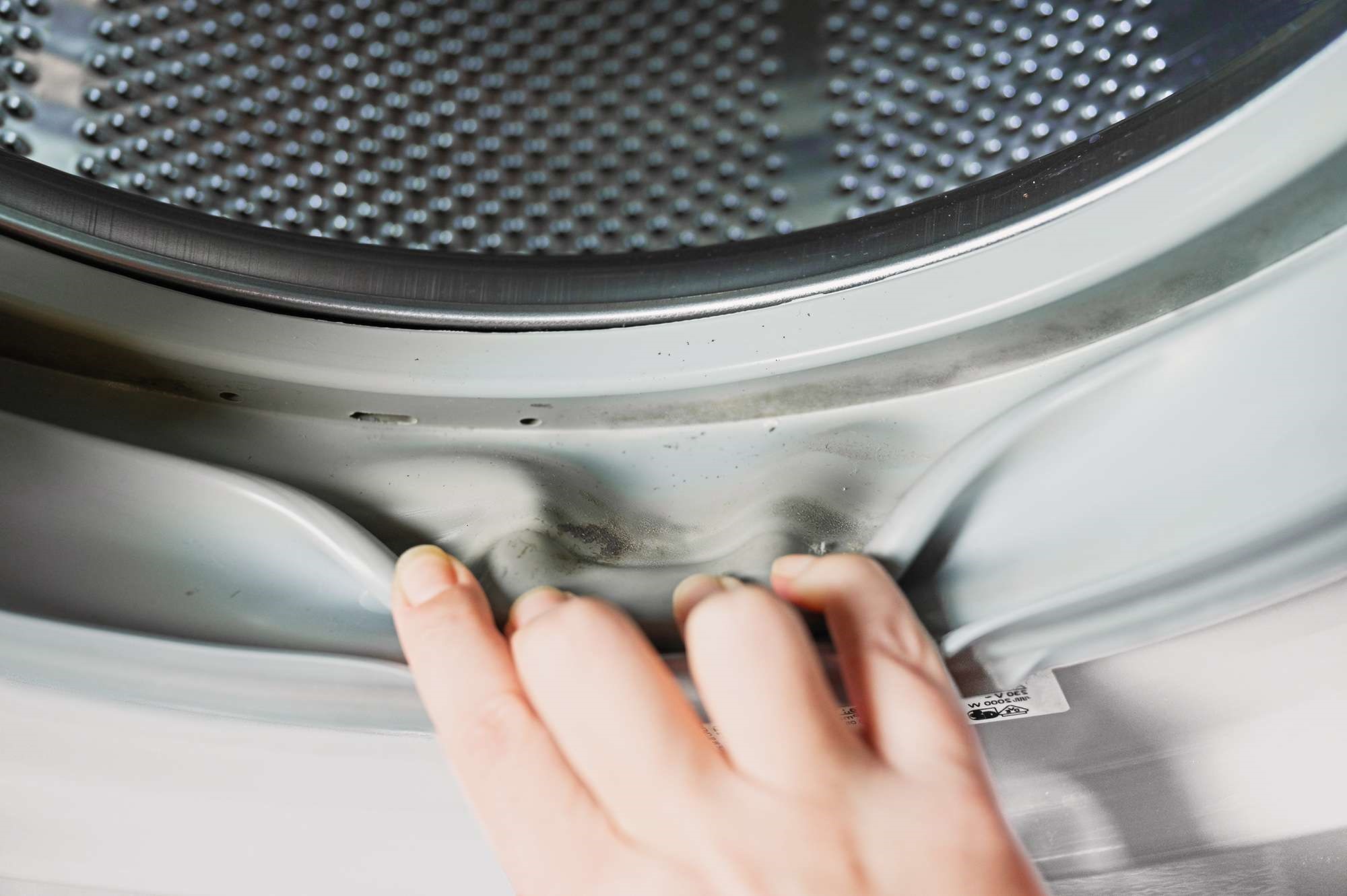
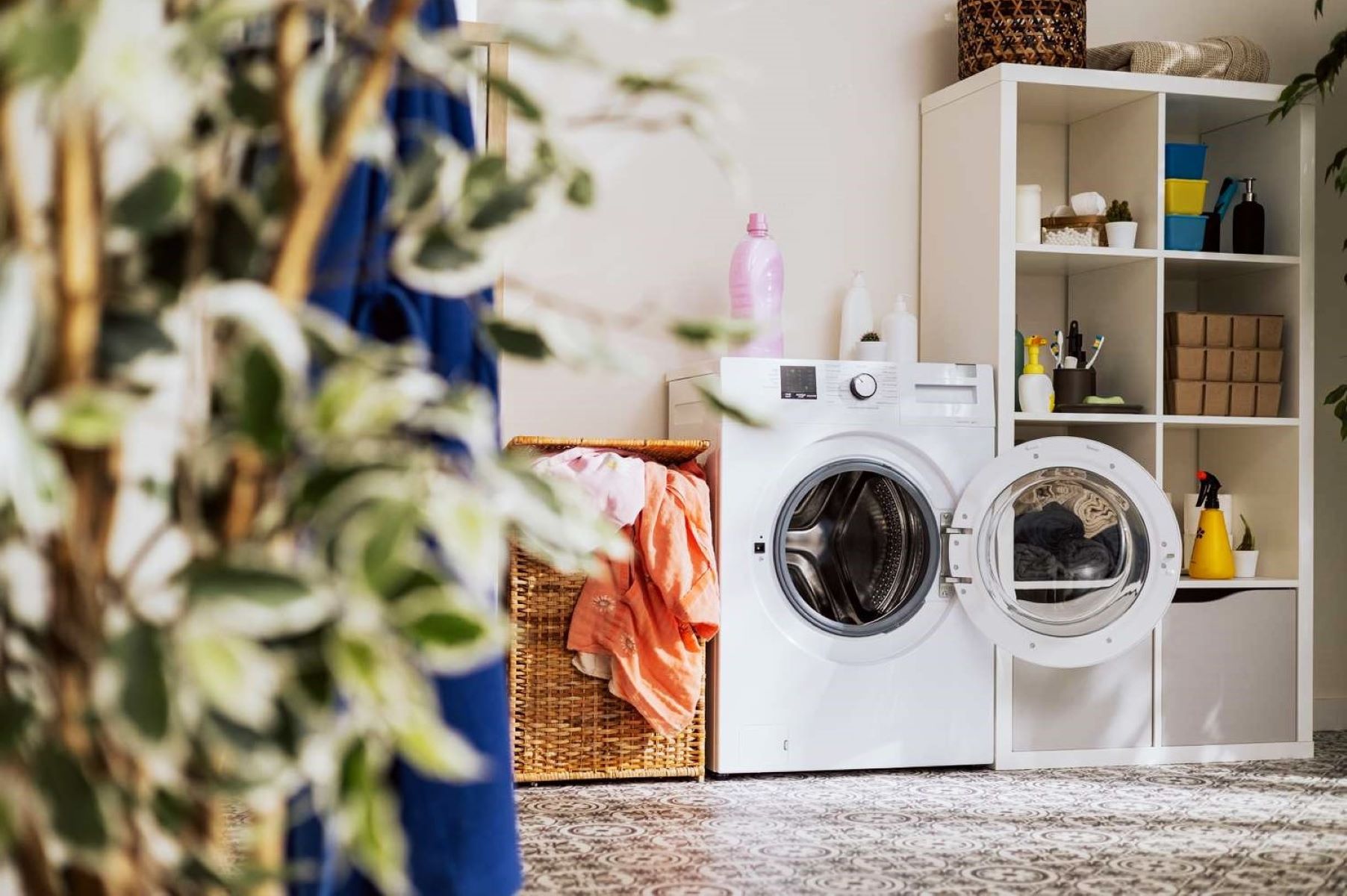
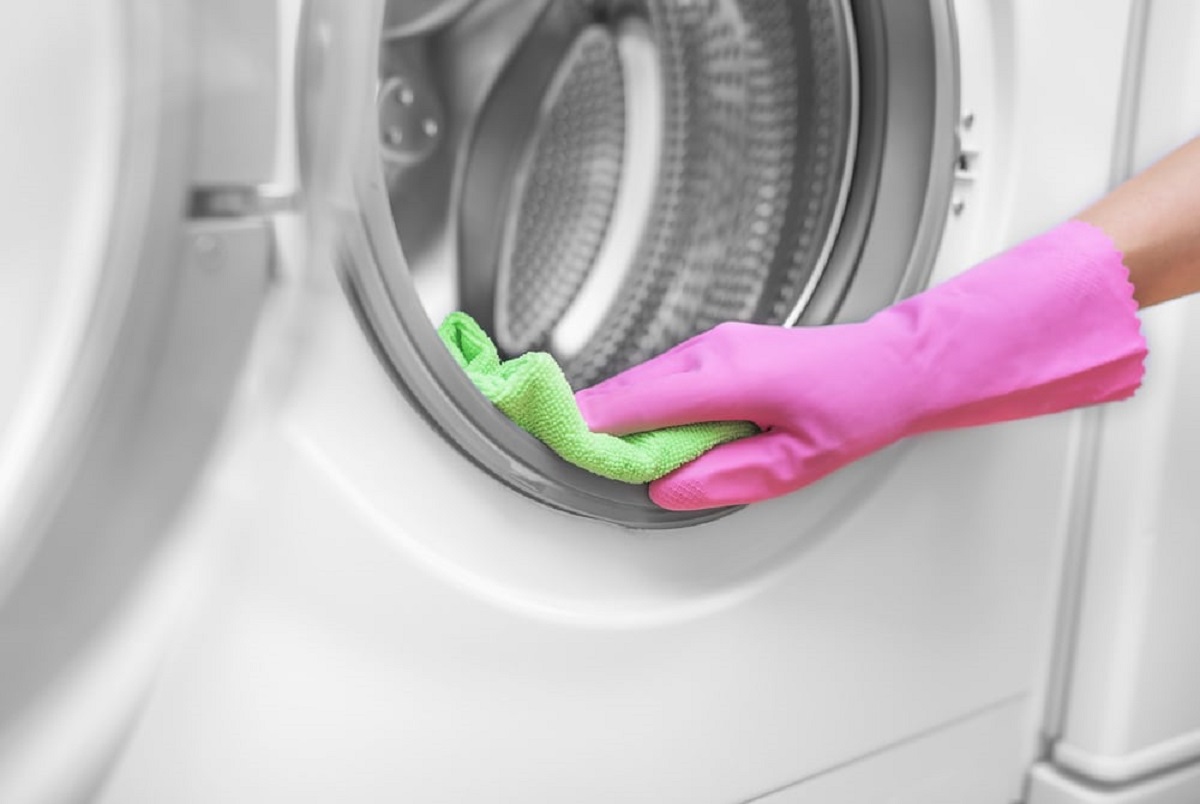
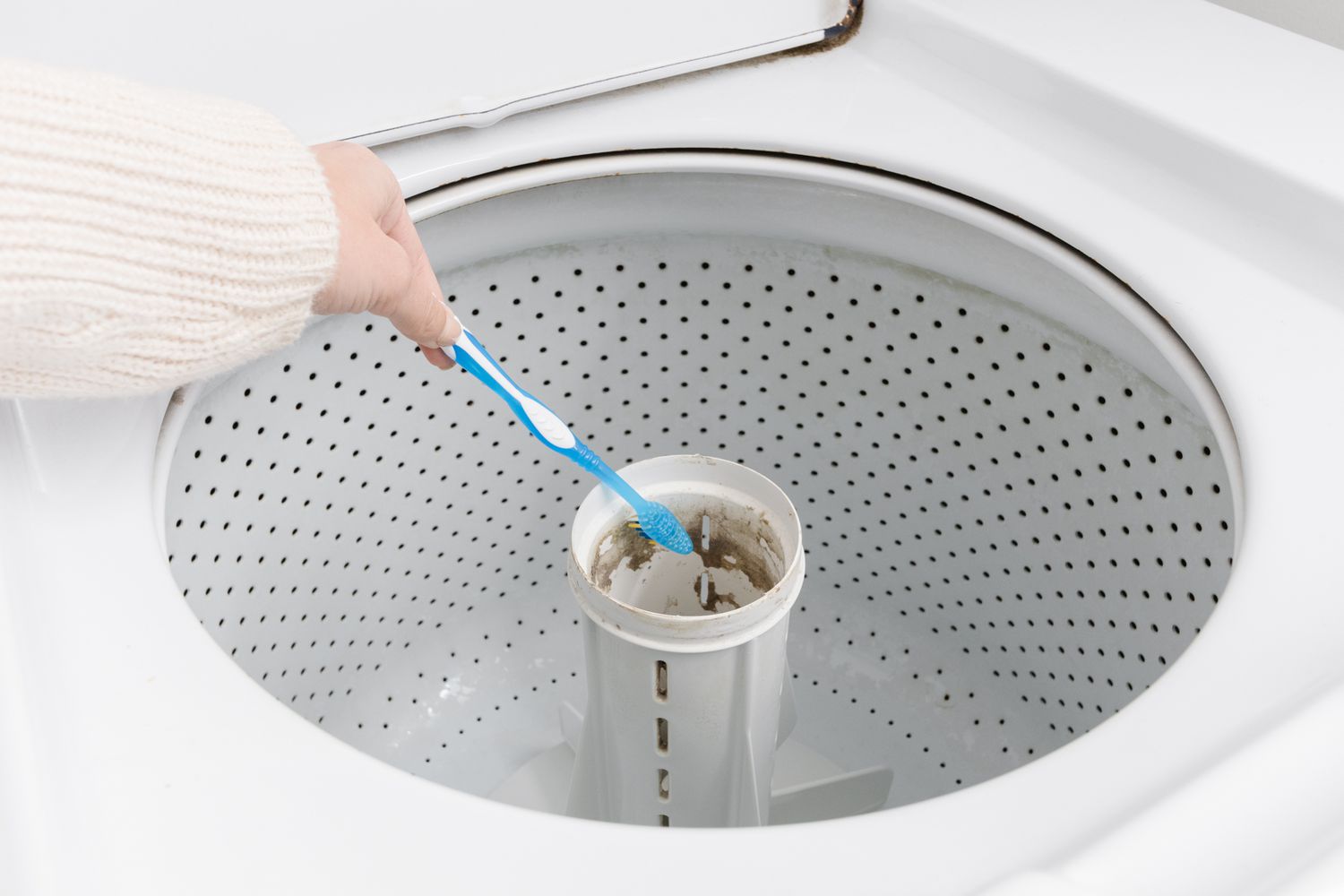
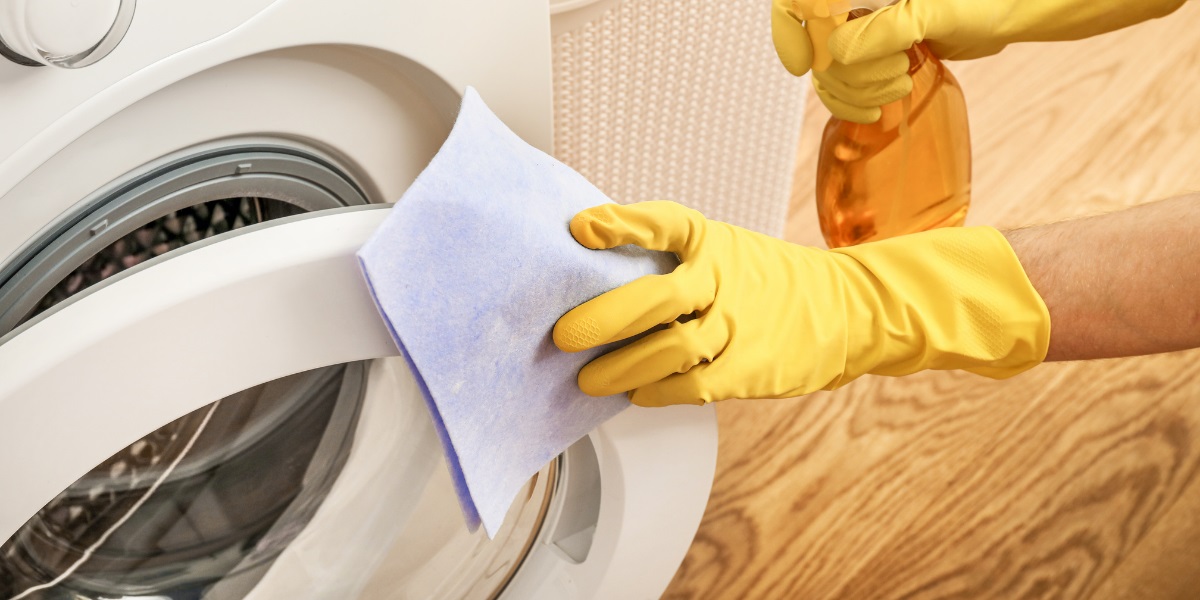
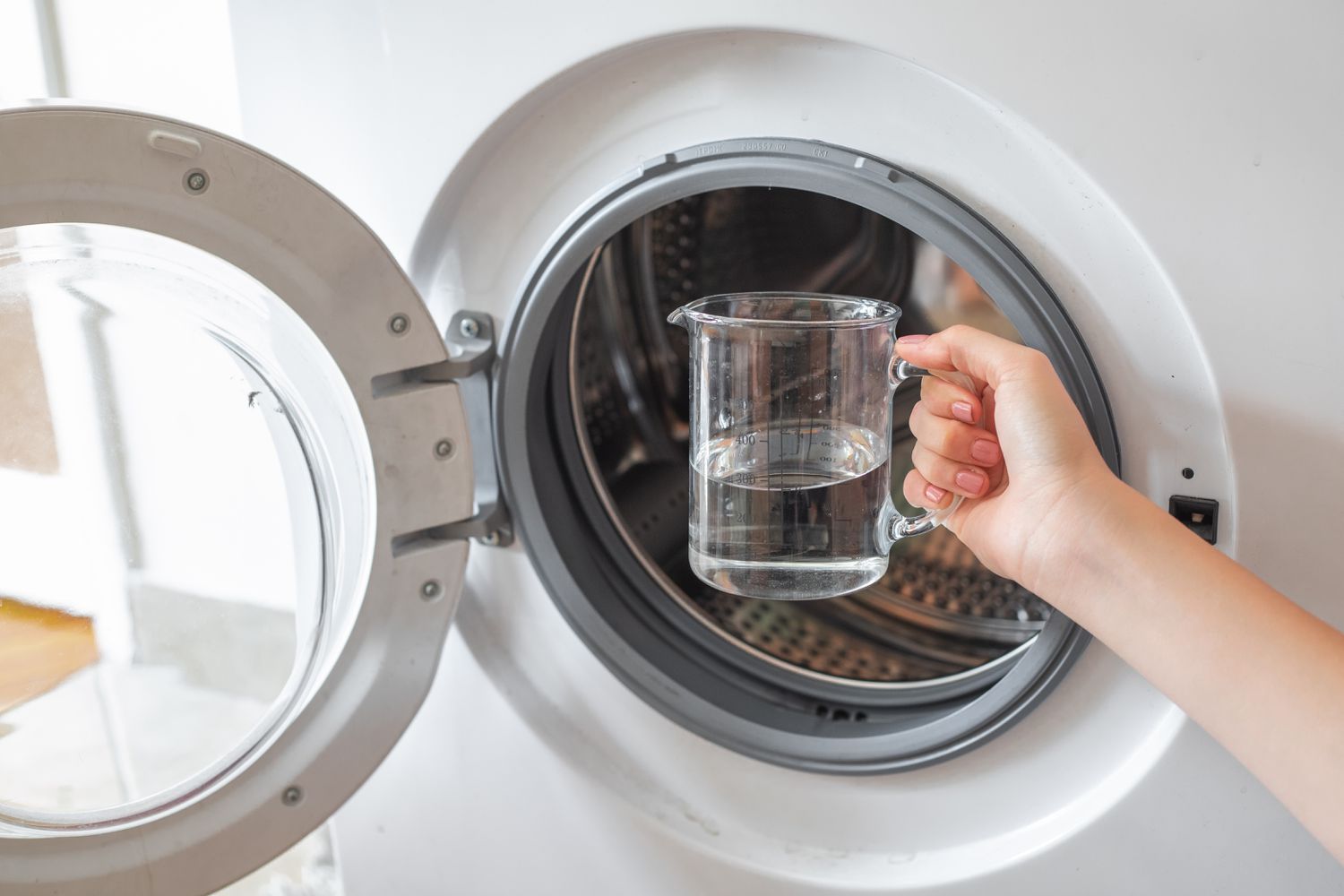
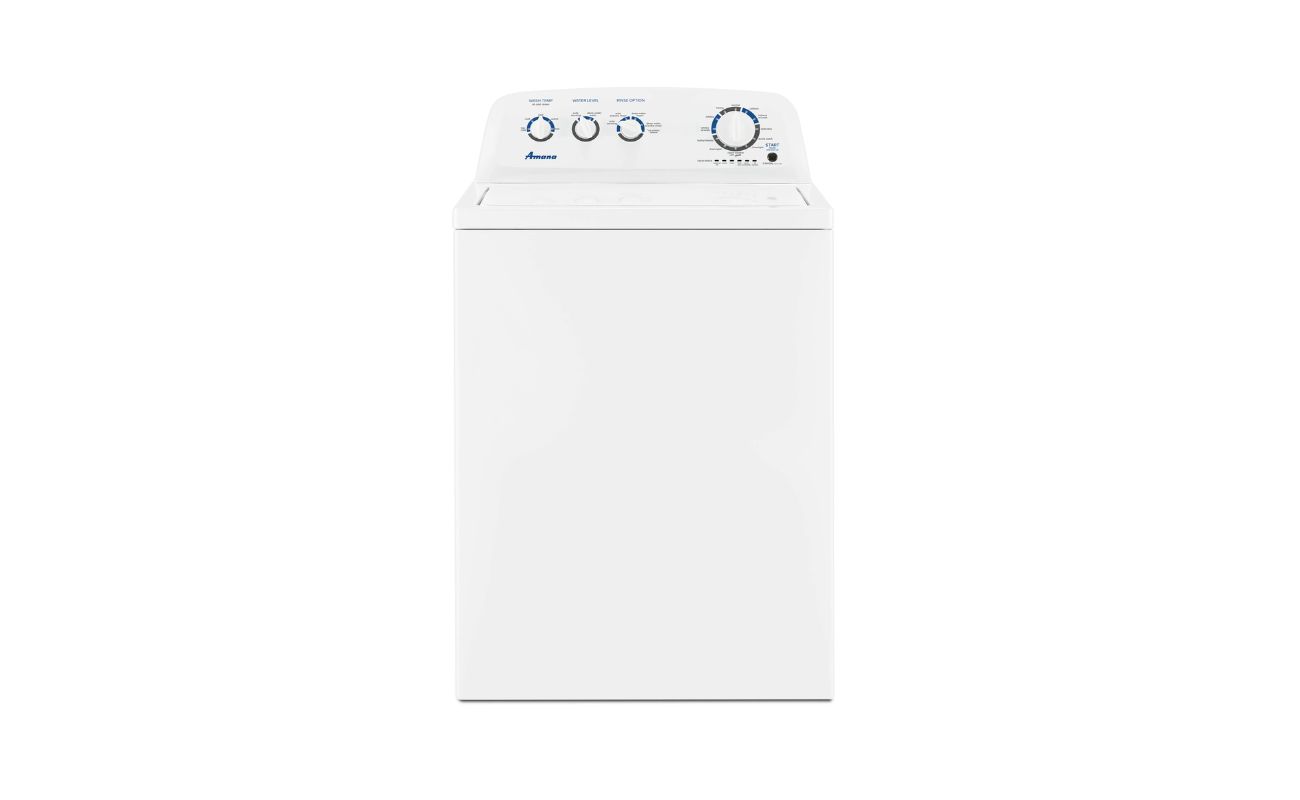
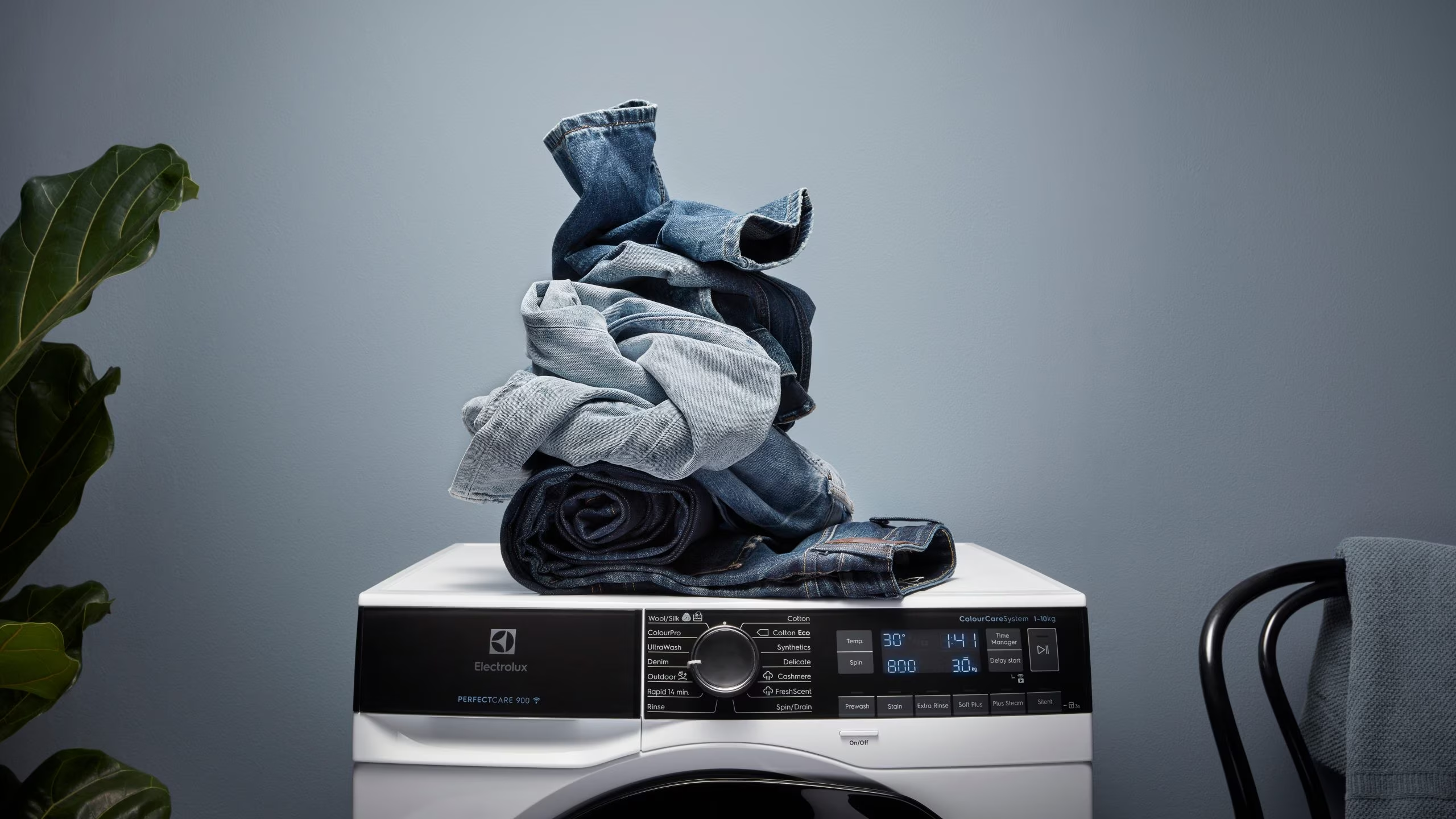
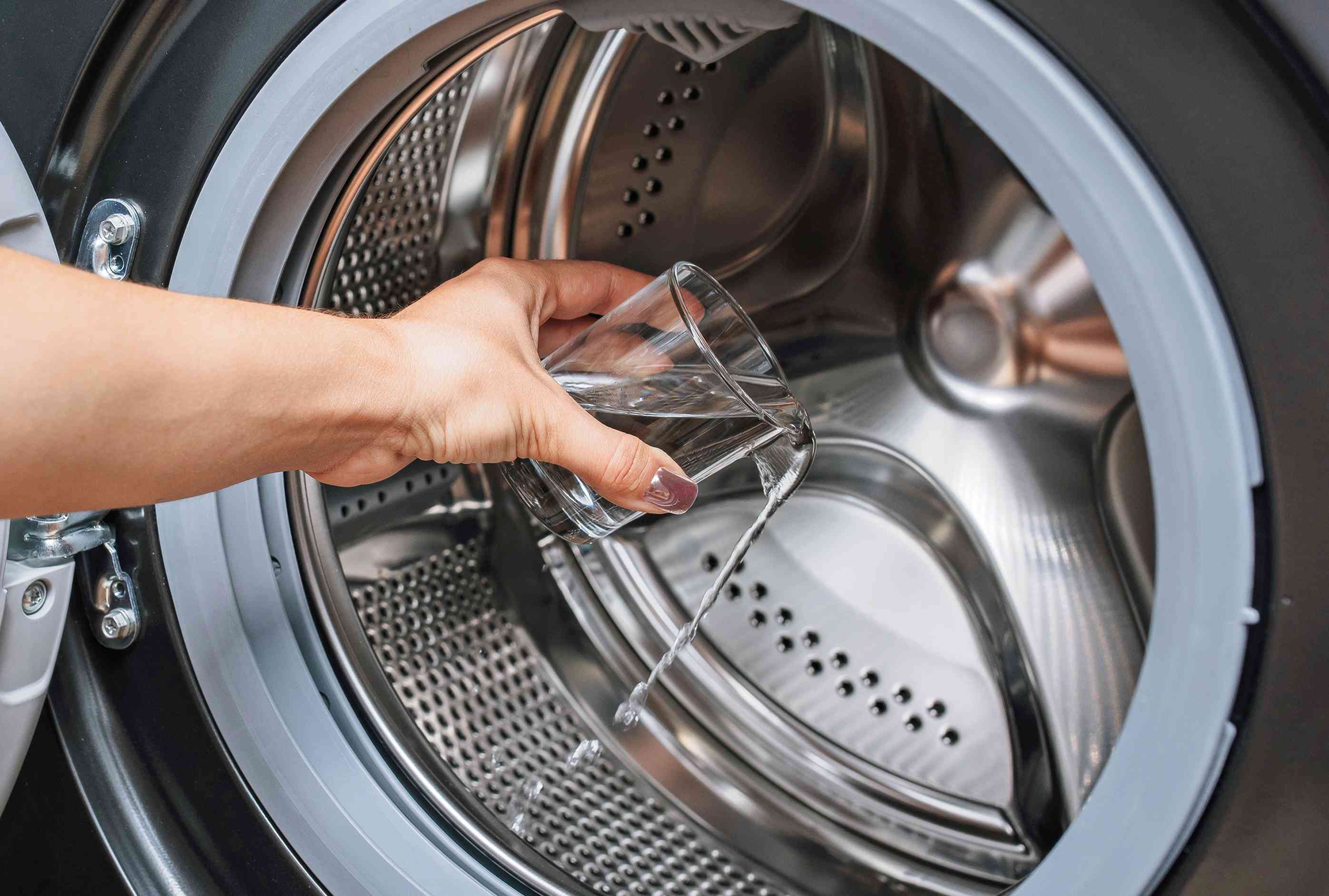
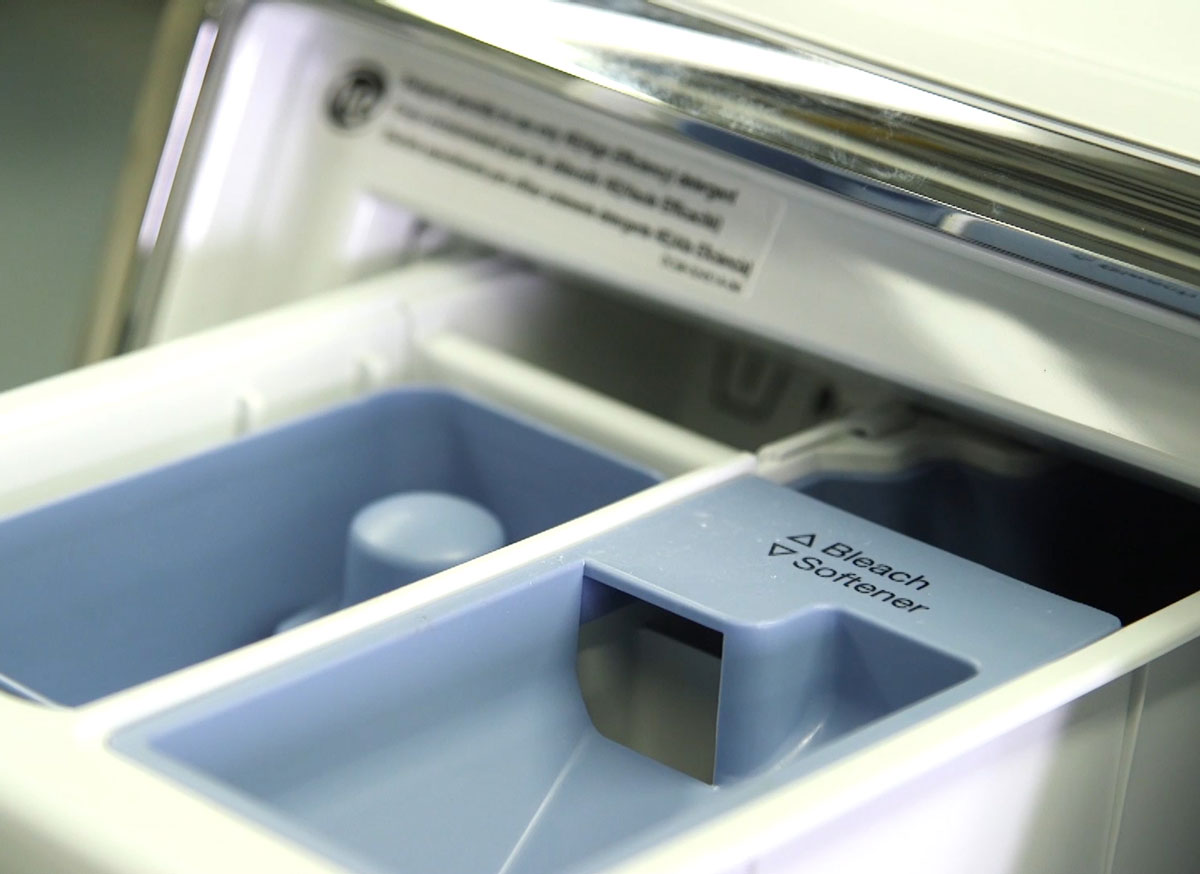
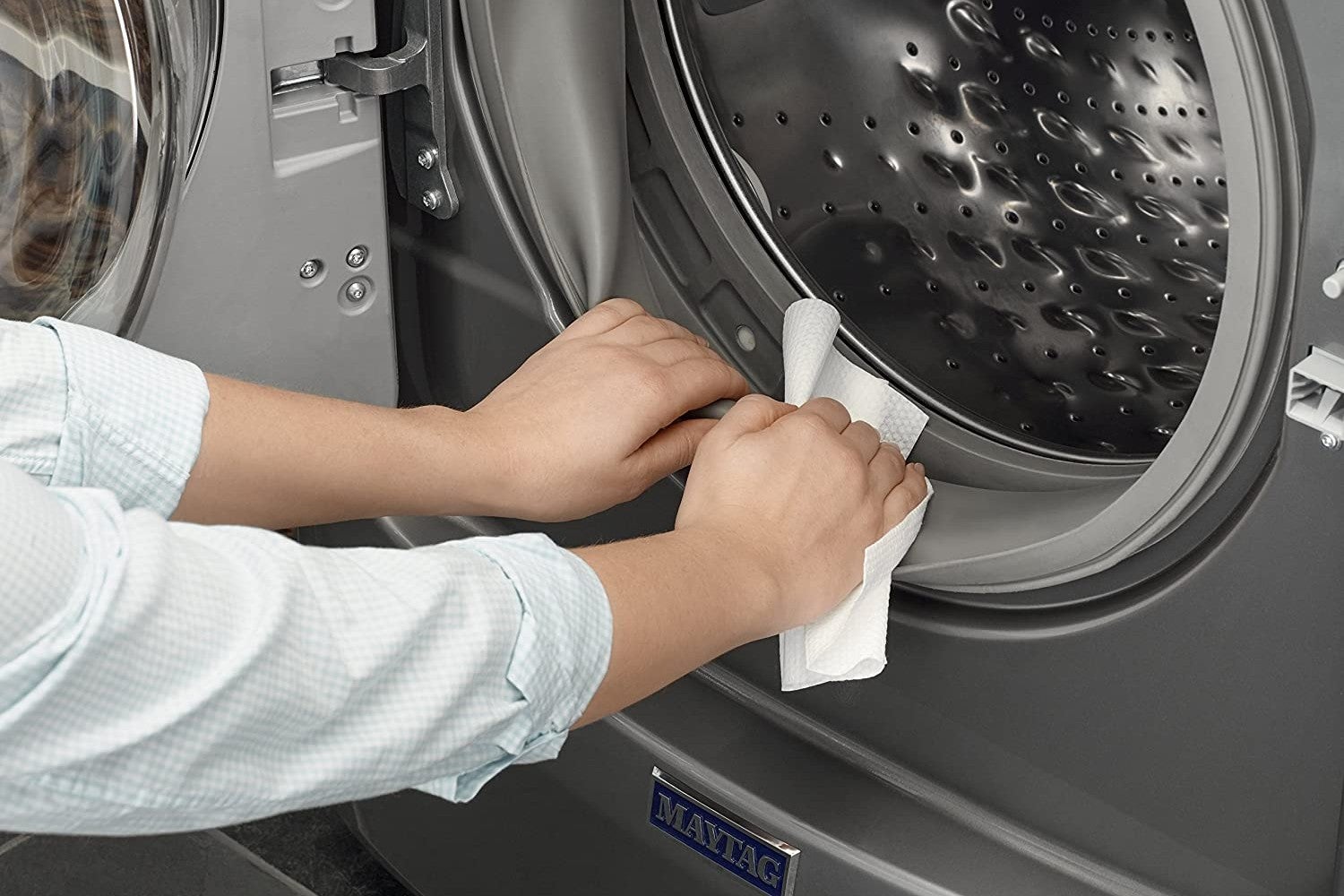
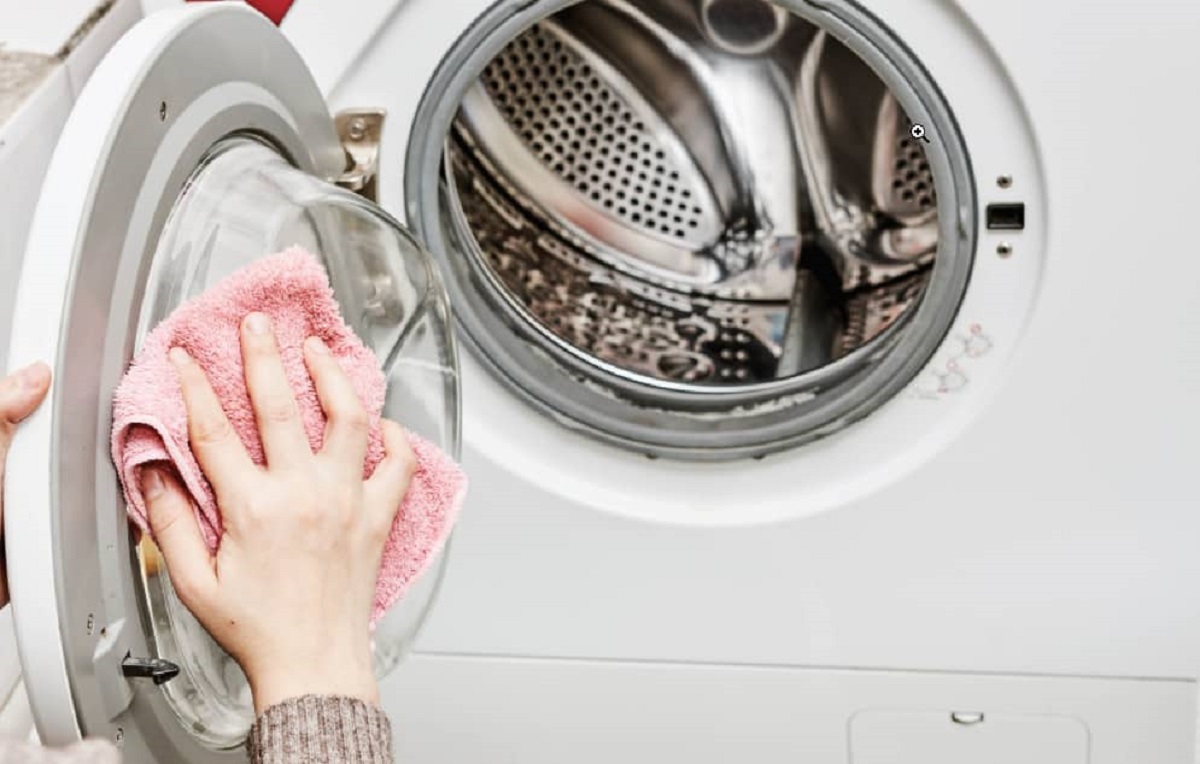
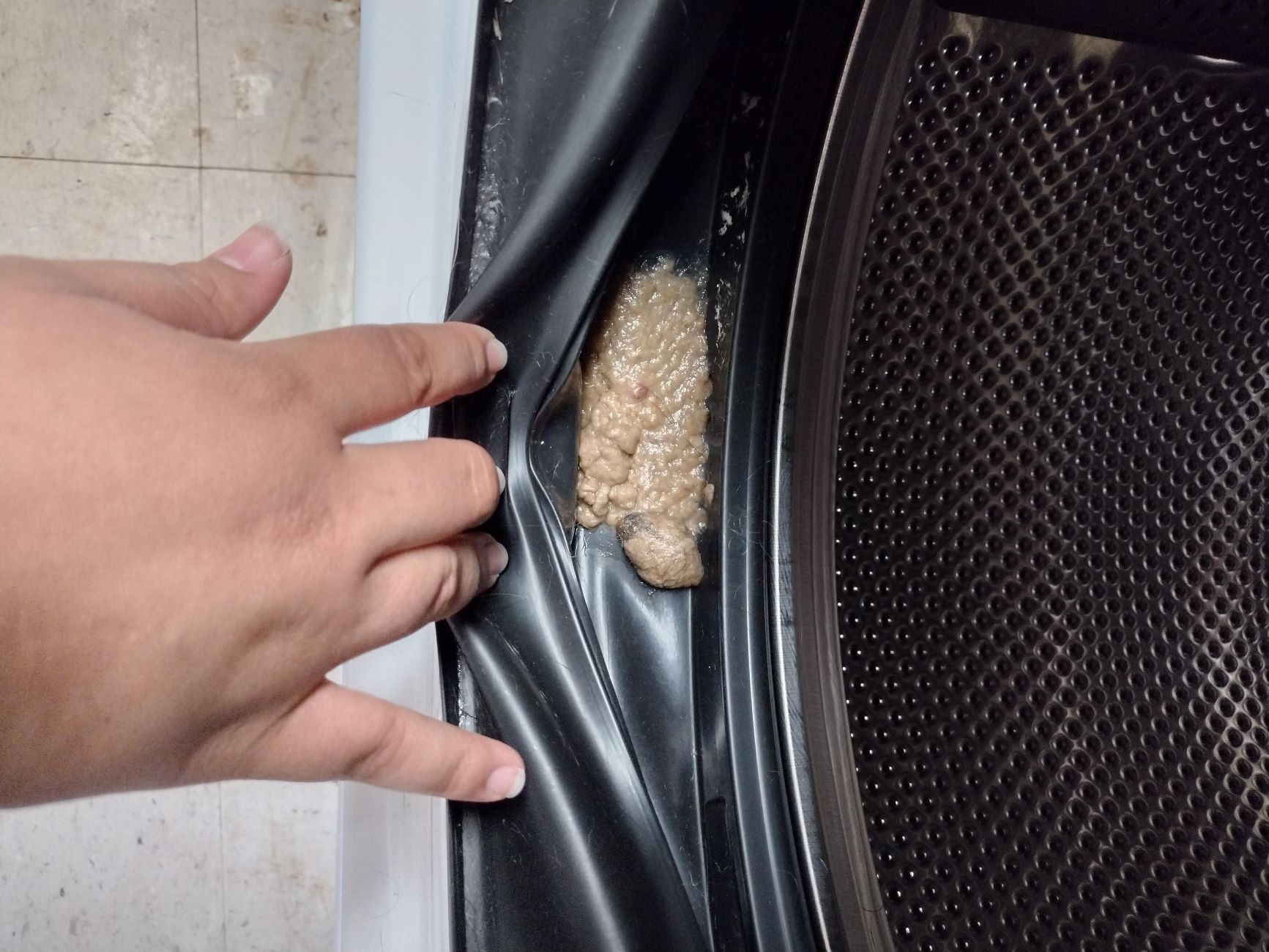

0 thoughts on “How To Clean The Rubber Seal On A Washing Machine”